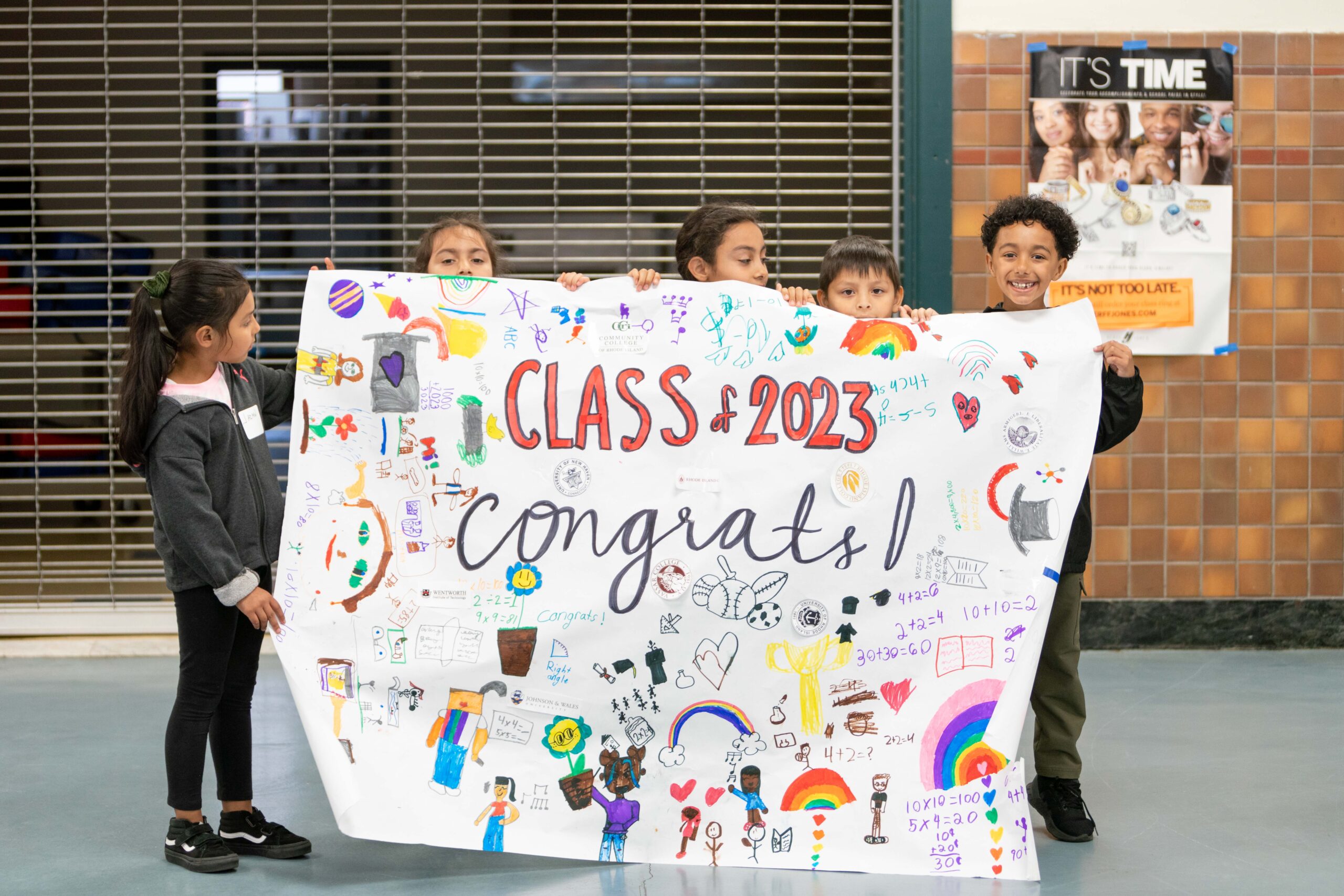‘A diverse and inclusive society is critical for the success of Rhode Island and our nation,’ says Salve President Armstrong
On June 29, the Supreme Court ruled that colleges and universities can no longer use race as a consideration for admission. This decision overturned the longstanding precedent that has benefited disadvantaged minority students in higher education for years.
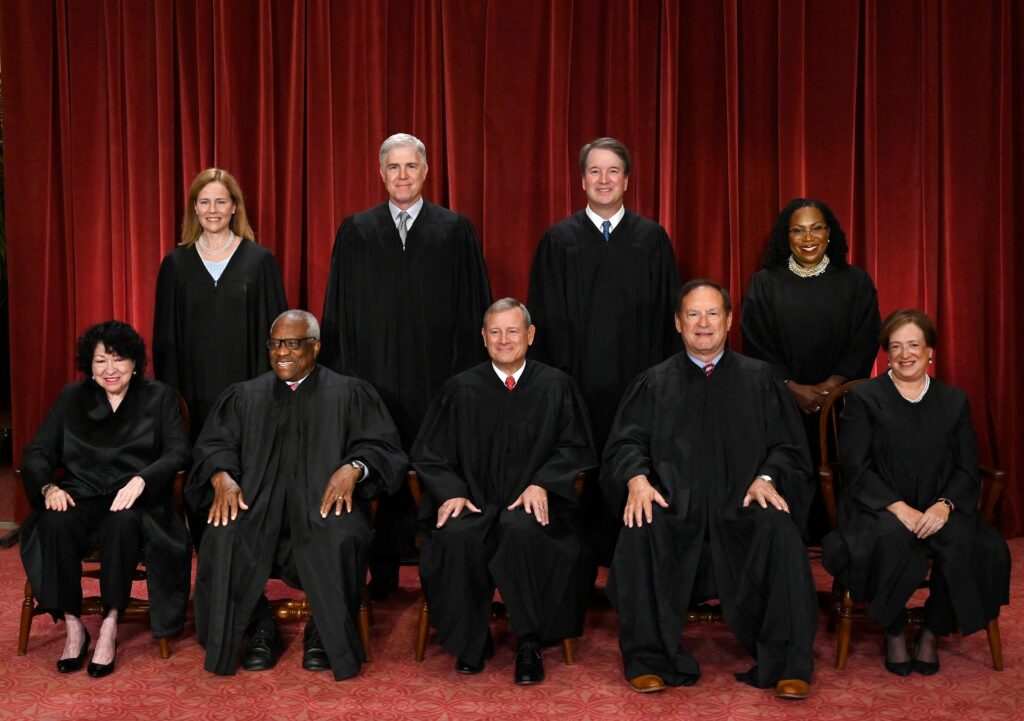
Affirmative action, as defined by the Oxford Dictionary, is “the practice or policy of favoring individuals belonging to groups regarded as disadvantaged or subject to discrimination.” In terms of higher education, affirmative action refers to “a set of policies that ensure equal opportunity and prevent discrimination based on a broad range of identities including race, sex, gender, religion, national origin and disability.” If this sounds familiar, it’s because it is also used by “equal opportunity” employers when advertising open positions.
Affirmative action, known then as Executive Order 10925, was first used by President John F. Kennedy in 1961 requiring government contractors to ensure that applicants are employed and are treated fairly during their employment. In 1964, the Civil Rights Act was signed into law, simultaneously creating the Equal Employment Opportunity Commission, or the EEOC. Just a year later, President Lyndon B. Johnson signed Executive Order 11246, which established Office of Federal Contracts Compliance within the Department of Labor.
The revision of Order Number 4 in 1971 by President Nixon saw the inclusion of women. The signing of the Rehabilitation Act of 1973 also saw equal opportunity as it applied to people with disabilities. This meant that it is now illegal to discriminate based on disability in programs conducted by federal agencies, programs that receive federal assistance, federal employment and employment practices of those with federal contractors.
The first case of affirmative action in higher education took place in 1978, in Regents of the University of California v. Bakke. The US Supreme Court upheld the use of race as a factor in choosing among qualified applications for college admission. The Supreme Court ruled that it is unlawful for the university medical school to reserve only 18 seats out of 100 per class for disadvantaged minority students. It was determined that this practice was a violation of Title VI of the Civil Rights Act of 1964.
The second and third most significant cases occurred in 2003, with the Gratz v. Bollinger and Grutter v. Bollinger lawsuits addressing challenges to the University of Michigan undergraduate and law school admissions programs, respectively. These cases gave deference to the university’s experience and expertise about its educational mission. In both lawsuits, the decision was made that there were no violations of the Civil Rights Act and the decision to use race as a factor among qualified applicants was upheld.
In 2014, the Supreme Court upheld affirmative action in the Fisher v. University of Texas case. In 2008, Abigail Fisher applied for undergraduate admission and was denied. Fisher, being a Caucasian female, filed led suit against the university claiming that the use of race as an admission consideration is a violation of the Equal Protection Clause of the 14th Amendment. The university counter argued saying that the use of race is narrowly tailored, which means pursuing greater diversity for the student body. The District Court decided in favor of the University of Texas, even though the decision was later appealed and again upheld.
The most recent case, filed in November of 2014, was ruled on June 29. In this lawsuit, the organization Students for Fair Admissions, a non-profit organization comprised of students and parents who believe that racial classifications and preferences in college admissions are unfair, unnecessary and unconstitutional, filed a lawsuit against Harvard University, claiming that Harvard’s race admissions policy discriminated against Asian American applicants, a violation of Title VI of the Civil Rights Act of 1964. It is important to note that Harvard considers race as one factor among many in its undergraduate admissions process to expand diversity for minority students who have been underrepresented in higher education. The case sat until September of 2019, when Judge Allison Barrow rejected the claims of the plaintiff. She ruled that Harvard does not discriminate against Asian Americans or engage in any racial balancing. And that its admissions practice use of race is consistent with the Supreme Court precedent. The Students for Fair Admissions filed an appeal. Roughly a year later, the Court of Appeals upheld its decision, saying that Harvard ‘s admissions program does not violate Title VI.
In February of 2021, the Students for Fair Admissions filed a petition for a writ of certiorari to have the case reviewed by the Supreme Court. The petition was rejected, noting the 40 years of established legal precedent. In January of 2022, the Supreme Court agreed to hear this case in consolidation with the Students for Fair Admissions v. The University of North Carolina. It is important to note here that UNC is a public university, which is covered by the 14th amendment’s guarantee of equal protection. This is significant because these cases argued that the university’s consideration of race in undergraduate admissions process violates the Constitution and Title VI.
The findings in both cases held that race based affirmative action admissions policies at both Harvard and the University of North Carolina were unconstitutional. These rulings reversed 45 years of race-based college admissions policies. The Students for Fair Admissions organization has promised to monitor college admissions policies, but most experts are predicting more opaque processes and lawsuits on the horizon due to this decision.
For some colleges and universities across the country, this may mean a change in the variety of the student body. This may also mean a change in the admissions process, by which things such as personal essays and test scores will mean more now than they did in the past. There will need to be new institutional policies and procedures in place regarding the monitoring of these processes. Perhaps there will need to be new federal regulations in place as well.
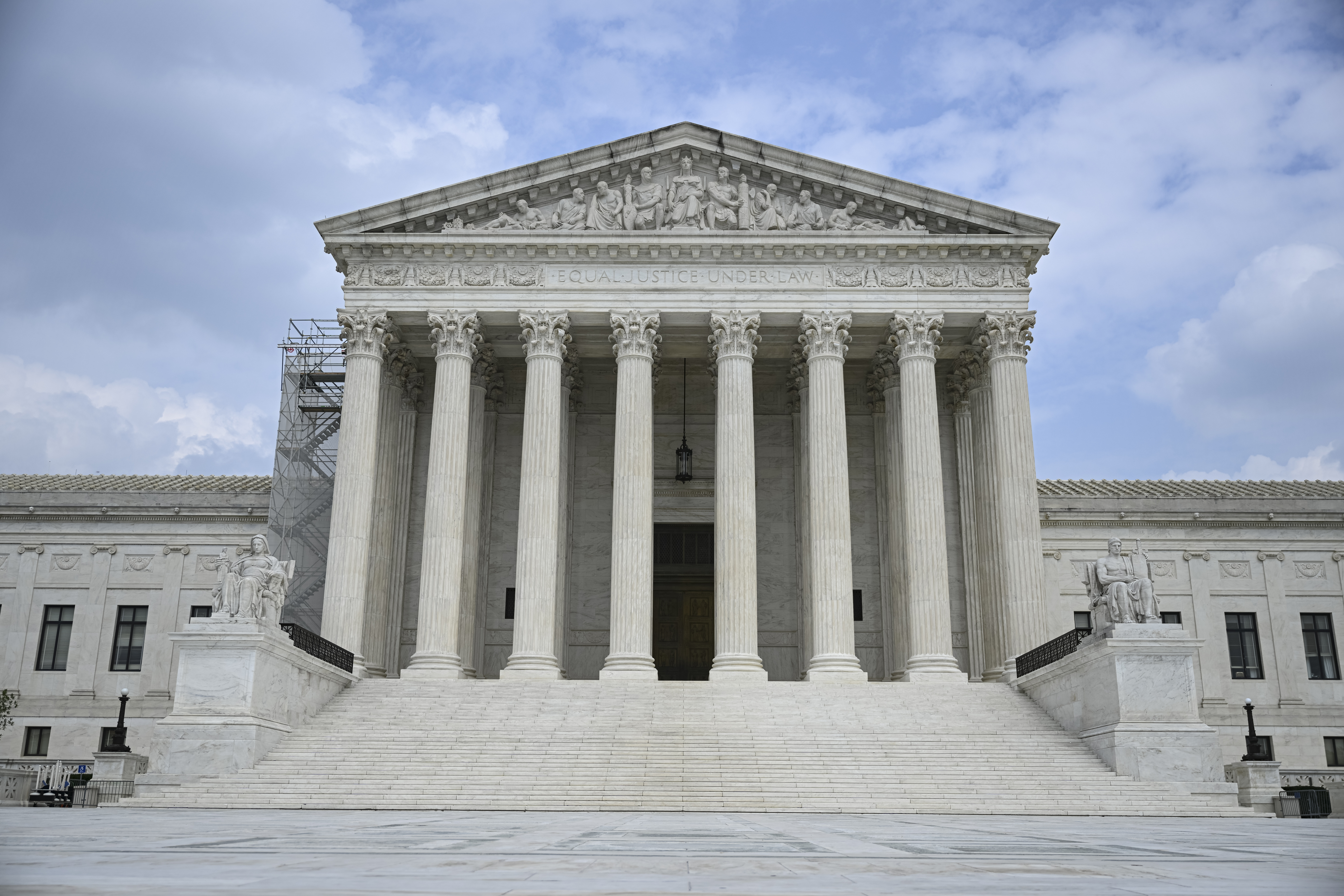
All Rhode Island colleges and universities are taking the time to actively study and review the ruling and how it will affect current policies and practices. This decision is, in fact, a big blow to advancing representation of minority populations in higher education.
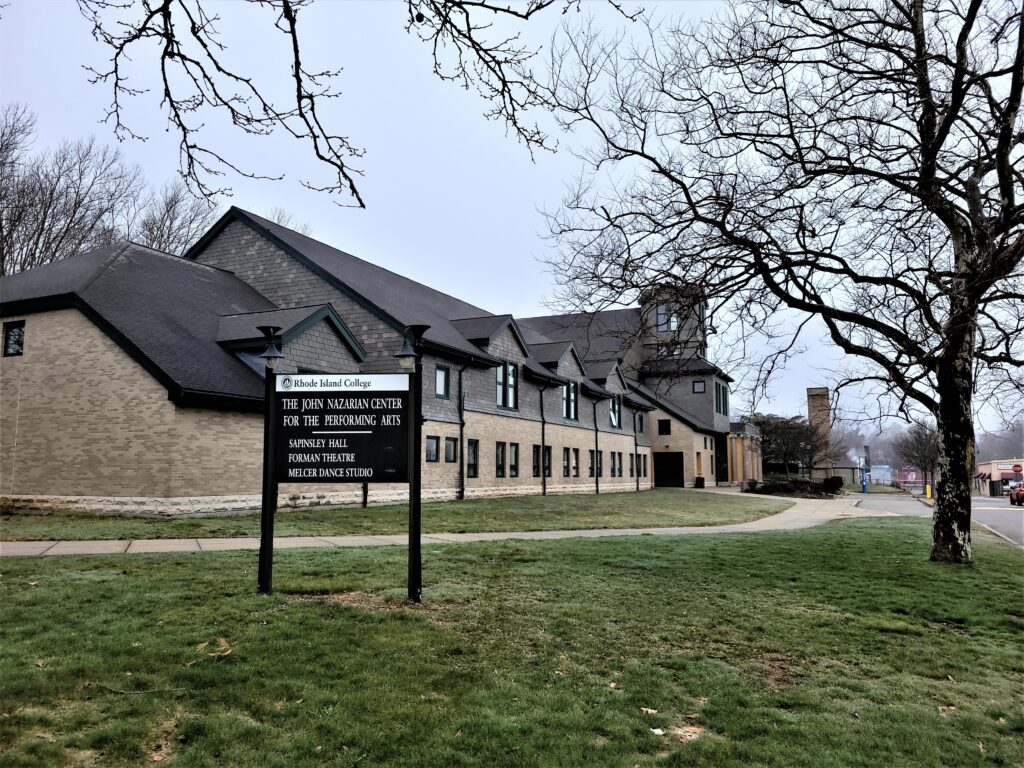
In a letter to his students, Dr. Jack Warner, President of Rhode Island College, said that “RIC is an institution focused on access and opportunity, meaning our admission criteria relies on a holistic review of candidates’ academic preparation demonstrated by their transcripts, grade point averages, writing, and letters of recommendation, with little to no reliance on standardized testing or other criteria. This dramatic decision will have less of an immediate impact on our work to continue to fulfill our mission.” Dr. Warner also made it clear that, “Any roll back of protections of civil rights is a threat to us all.”
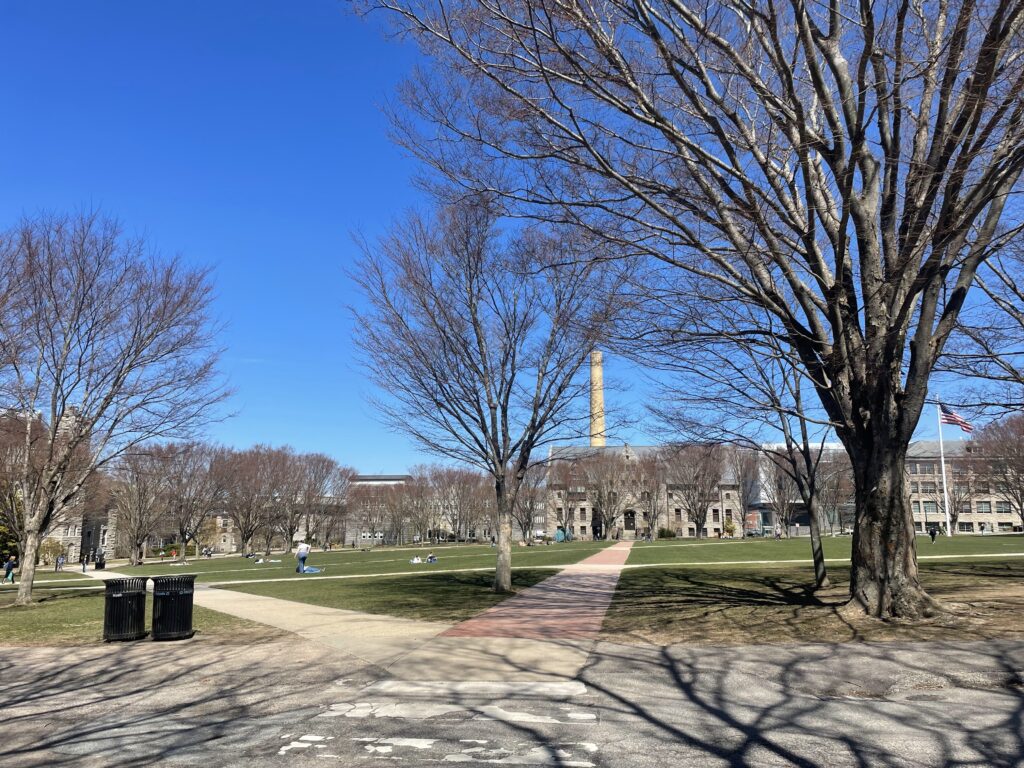
University of Rhode Island President Marc Parlange said that “the University of Rhode Island does not consider race as a deciding factor for admission. The University is reviewing the court’s rulings for any possible influence on other existing University programs. The court’s decision notwithstanding, the University of Rhode Island is committed to fostering an inclusive, people-centered culture. URI is-and will continue to be-an institution that values and advances diversity, equity, and inclusion; celebrates the uniqueness of members; and cultivates a sense of community where all members find themselves included in their work valued.”
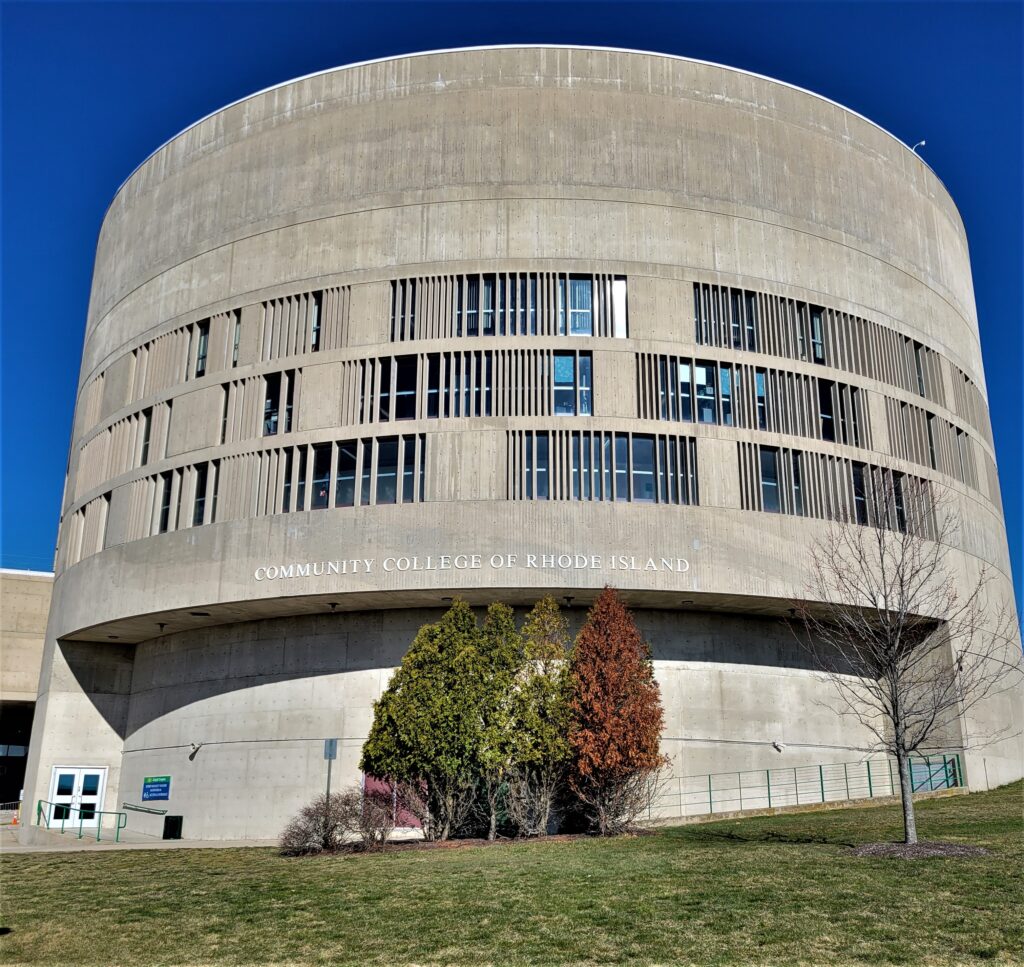
In one of her last messages to her students, Dr. Meghan Hughes of the Community College of Rhode Island told her students that “CCRI is committed to fostering a welcoming and inclusive environment for individuals from all racial and ethnic backgrounds. We are dedicated to cultivating a teaching and learning environment that deeply values our students’ rich and unique perspectives. Our steadfast commitment to affirmative action is integral to advancing equitable opportunities and ensuring that every member of our community has equitable access to education and resources. This commitment remains unwavering regardless of today’s Supreme Court decision.”

Dr. Kelli Armstrong, President of Salve Regina University, reacted by saying that the school “believes strongly that a diverse and inclusive society is critical for the success of Rhode Island and our nation. At Salve, we utilize a holistic review process for admission to the University. We assess all aspects of a student’s application including the strength of their academic transcript, special talents, writing, aspirations, leadership qualities, and the uniqueness of their individual perspectives. We recognize that diversity plays a role in shaping these experiences; however, we do not make admissions decisions on the basis of race, ethnicity, gender, religion, or sexual orientation. Central to our mission is the creation of an inclusive educational environment for every person in our community.”

Brown University President Christina Paxson wrote a letter to students on stating that she’s “deeply disappointed” and that the ruling has “upended decades of precedent.” Paxson said the university has already launched a legal review of the court’s opinion, which will require some time. “The university is committed to complying with the law, while also sustaining the diversity that is central to Brown’s mission,” Paxson said. “To that end, a group of senior administrators and faculty has been meeting for several months to plan for possible changes in the law in anticipation of the court’s decision. We have also consulted with experts and peer institutions where race and ethnicity considerations are banned by state law to determine the success of lawful strategies in achieving racial and ethnic diversity.” It is important to note that Brown has been a strong proponent of affirmative action, having joined eight amicus briefs supporting the use of that policy in higher education.
The NAACP also has a strong opinion regarding this decision. National President and CEO Derek Johnson said, “We will not allow hate-inspired people in power to turn back the clock and undermine our hard-won victories. The tricks of America’s dark paths will not be tolerated. Let me be clear- affirmative action exists because we cannot rely on colleges, universities, and employers to enact admissions and hiring practices to embrace diversity, equity and inclusion.”
Providence NAACP President Gerald Catala said that “The NAACP Providence Branch echoes the sentiments of our National President and CEO Derek Johnson and Director Wisdom Cole as we stand firmly with our National Office in a collective effort to make clear, affirmative action exists to ensure diversity, equity and inclusion shall not be overlooked during the admissions and hiring processes. The NAACP Providence Branch will not be discouraged by this decision, we will continue to speak out against the racial injustices brought upon the majority of kind hearted citizens of this country but the insensitive cowardly beliefs by the extremists minority who aim to set our great nation back decades. Both leading globally and in support nationally, the Providence branch will hold all institutions and employers accountable to their respective roles in embracing diversity, equity and inclusion, and to using all the tools possible to address historical atrocities that have hampered the progress of African Americans and other people of color in this country.”
The NAACP goes on to Justice Thomas, saying that “the opinion of Justice Thomas, who claims Historically Black Colleges and Universities do not embrace diversity, is unfounded, appalling, and highly inappropriate to suggest. Justice Thomas’s rationale has the potential to undo decades of precedent and set our country back to a time where racial inequity ruled the day.”
Catala concludes by saying, “The NAACP Providence Branch condemns the decision by the Supreme Court of the United States. Now action that goes against the vision of mission of the NAACP, our Partner, and entity is a chair in our endeavor to ensure that political, educational, social and economic equality of rights for all persons and to eliminate racial hatred and racial discrimination.”
Rhode Island colleges and universities say they do not base admissions solely on race, but is still too early to predict how this ruling will affect our schools and to what extent. The impact will most likely be felt in the Ivy League schools as well as other schools who gave the appearance of having a “quota to fill.” One thing is for sure; there will be more legal trouble on the horizon for colleges and universities.



